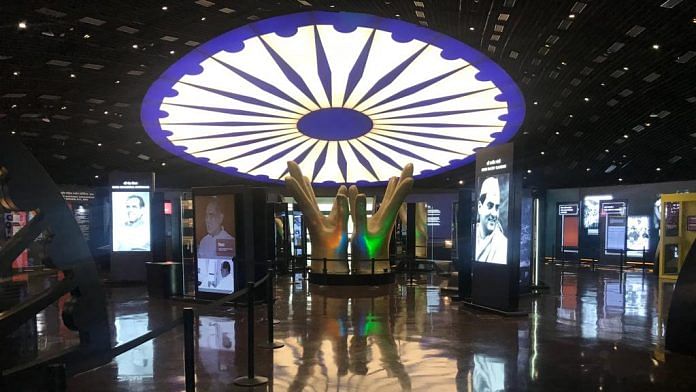When it comes to history and compelling contemporary stories, India is spectacularly rich. And Indian museums, I am afraid, suck big time. But there is something to be said about the Narendra Modi-era museums and his push for big-is-best, gizmo-laden, dazzling interactive spaces for museum-starved Indians. You can see this shift starting from the grand Constitution-shaped, digital-aided Ambedkar Memorial to the Rajkot Gandhi museum, Statue of Unity museum to the newly minted Pradhanmantri Sangrahalaya, or the Prime Ministers’ Museum.
In just the first month since its launch, Modi appears to be at the top in the ‘selfie with your favourite Prime Minister’ exhibit at the Pradhanmantri Sangrahalaya. A docent said that she estimates 95 per cent of visitors ask for selfies with Modi. The least desired are Narasimha Rao, Deve Gowda, Gulzari Lal Nanda, Chandra Shekhar and Charan Singh, she said.
Two natural questions stand out: Is the new museum at Delhi’s Teen Murti politically partisan? And why is Modi a museum builder?
Also read: Modi’s Central Vista project has a history-shaped hole in it
Soft power of museums
As a consummate storytelling politician, Modi understands the symbolic soft power of museums, and their capacity to shape ‘public consciousness’ — or rashtriya chetna. So, inaugurating every big museum, especially those that weave history with tech-extravaganza, is politically useful for him. He likes to project his own politics as one seeing the nation as a single continuous culture on the path to global modernity.
For way too long, Indian museums largely suffered from a crisis of imagination. After the first burst of post-Independence nation-building museums under Jawaharlal Nehru, there were hardly any exciting new ventures. So, the current emphasis on museums is long overdue. The BJP has the numbers, and now has enlisted the museum entity in its narrative-setting endeavour. (Watch out for the Ayodhya Ramayana museum next). Museums have always been intensely political creatures around the world acting as staging ground for knowledge-politics of all sorts.
The Pradhanmantri Sangrahalaya has injected a steroid shot into New Delhi’s thin political museumscape, and raised the bar for Indian museums in general. The entertainment template it uses is at least four decades old if you see the best museums around the world. But for India, it is still a leap.
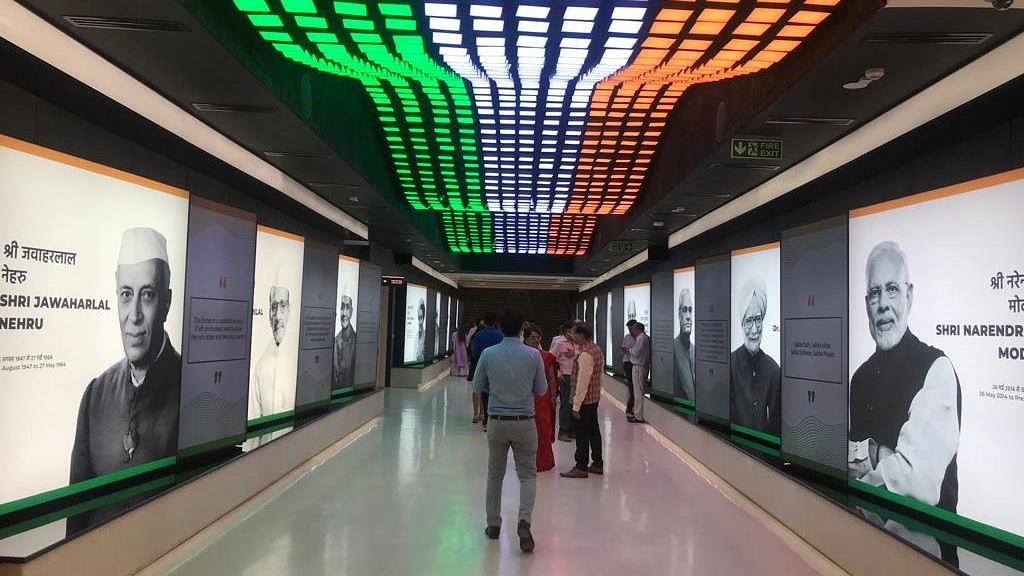
Also read: Should museums be woke? Europe’s war against ‘negativity’
Pushbutton Gandhi to touchscreen PMs
As far as political museums and memorials in the national capital go, you had to go separately to the ones on Gandhi, Ambedkar, Nehru, Shastri, or Indira and Rajiv. The Pradhanmantri Sangrahalaya is the first panoramic museum that charts India’s journey from the freedom movement to now. The very act of featuring non-Gandhi dynasty prime ministers is a political and museological disruption.
But the Modi-era Pradhanmantri Sangrahalaya isn’t the first tech-infused political museum in Delhi.
The Eternal Gandhi Multimedia Museum, inaugurated by Manmohan Singh in 2005, used technology to make Gandhi attractive to young Indians. I had called it the “Pushbutton Gandhi” in a review in The Washington Post. It brought sliding computer screens, laser beams and e-charkhas to Gandhi’s life. It became a hit with school children because Delhi hadn’t seen a museum like that until then. Though gimmicky and kitschy, the museum was, at that time, a stark contrast to the dank, stuffy, unimaginative National Gandhi Museum that stood at Raj Ghat.
The Indira Gandhi Memorial, forged in tragedy, is another political museum. I have seen visitors tear up looking at Indira’s blood-soaked sari and Rajiv’s tattered, bomb-ridden trousers. The museum leads you to the spot where Indira Gandhi was gunned down and unapologetically seeks to tug at your heartstrings.
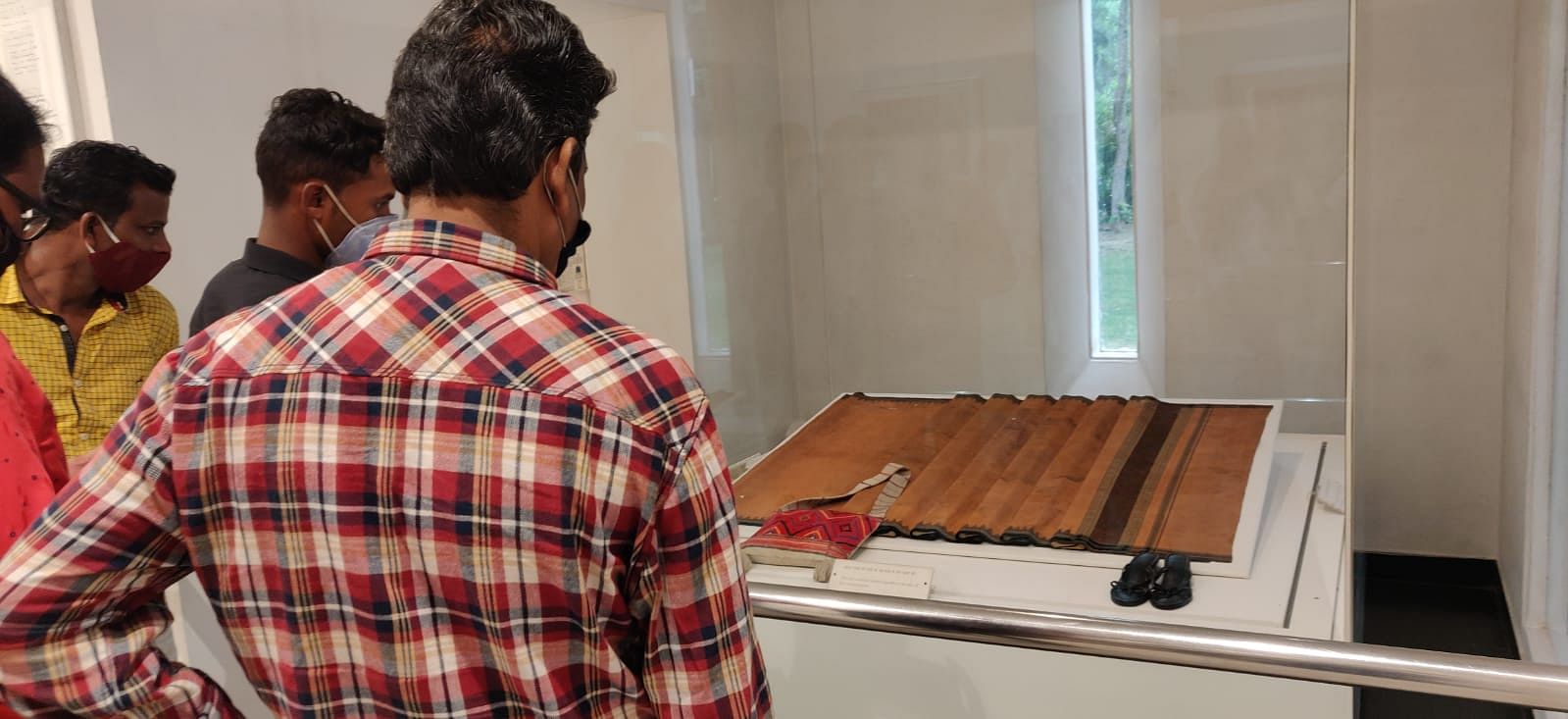
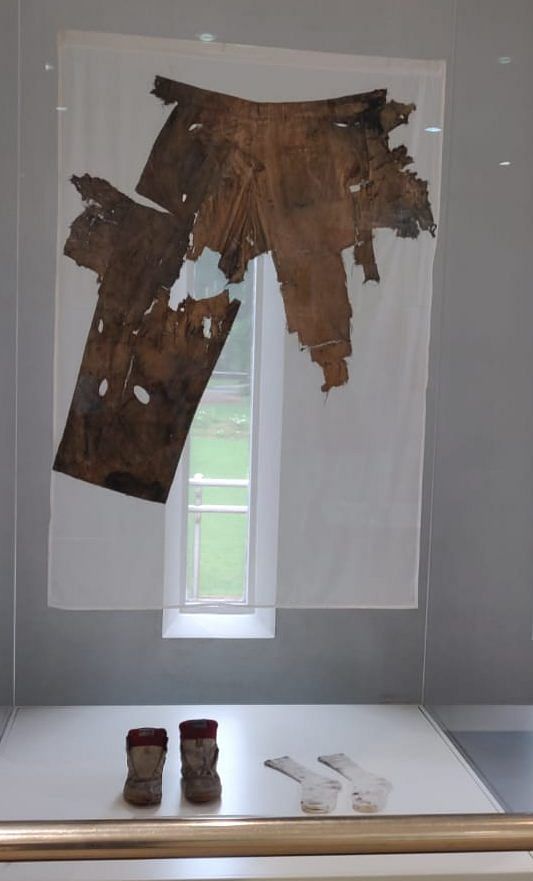
There is also the Lal Bahadur Shastri Museum, where India’s second prime minister had lived. You can peer into his kitchen, study and puja rooms for hours — preserved the way it was — and at his comb, mirror, khadaon, 1964 Fiat car bought with a bank loan, and a pen gifted by Nehru. The house-museum conveys the theme of quiet simplicity and humility.
The new Pradhanmantri Sangrahalaya, painted on a much larger canvas, aims to entertain as well as educate. The trend began in the late 1980s in the West when many began saying that a museum is even meant to compete with theme parks, water slides and simulated tours and rides at Universal Studios for your attention.
From ‘Pushbutton Gandhi’ to touchscreen Prime Ministers, Indian museums are finally embracing immersive digital technology.
It offers a selfie with your favourite PM (a photograph is emailed to you. Think about how much information the museum collects over time about citizens’ favourite leaders, their political preferences and their email address); a walk with your favourite PM (a short video is emailed to you); a handwritten signed letter from your favourite PM; a quiz on how well you know your prime ministers; virtual reality helicopter rides; a ground that shakes when the Pokhran nuclear test countdown is over; and a room called Time Machine that is completely gratuitous and exists just for the sake of showing off tech.
You may call it gimmicky, but that’s what museums have become around the world. The Abraham Lincoln Presidential Library and Museum in Springfield, Illinois even uses technology to create a ghost-like apparition of Lincoln.
Also read: Real fight for National Archives should be about what it doesn’t contain, not the relocation
Nehru’s anti-capitalism to Rao’s indecision
Is the Prime Ministers’ Museum partisan?
As soon as you enter the museum, you face a series of large backlit photographs of all the prime ministers, with a memorable quote for each. The quote for Modi is ‘sabka sath, sabka vikas, sabka vishwas, sabka prayas’.
What is really astonishing are the quotes chosen for Nehru and Narasimha Rao.
Nehru: The forces in a capitalist society, if left unchecked, tend to make the rich richer and the poor poorer. (Really? Is this platitudinous anti-capitalist remark Nehru’s enduring legacy quote? Should this be the show-opener for India’s first PM?)
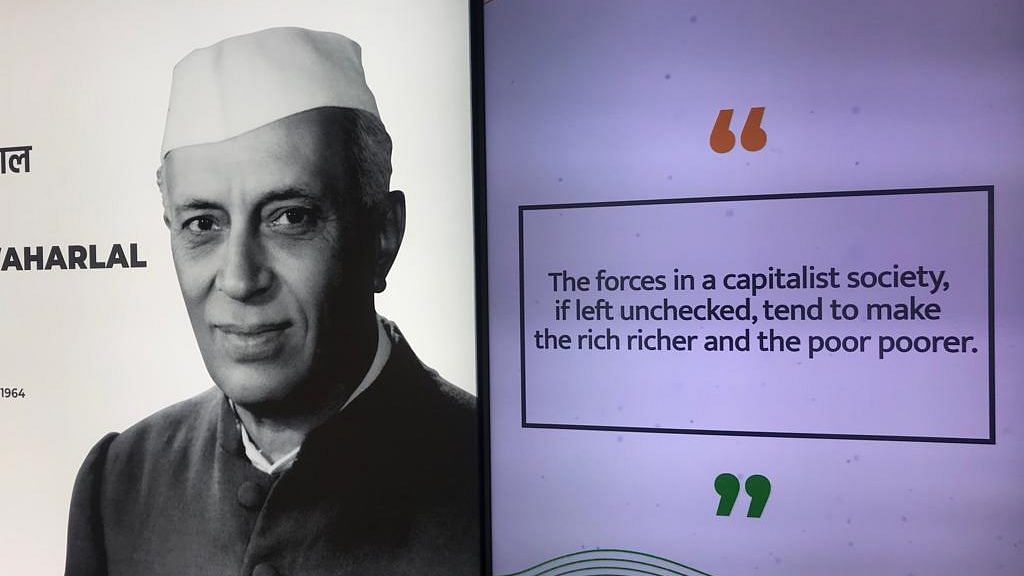
Rao: When I don’t make a decision, it’s not that I don’t think about it. I think about it and make a decision not to make a decision. (Ouch. Again, is this a legacy-setting quote?)
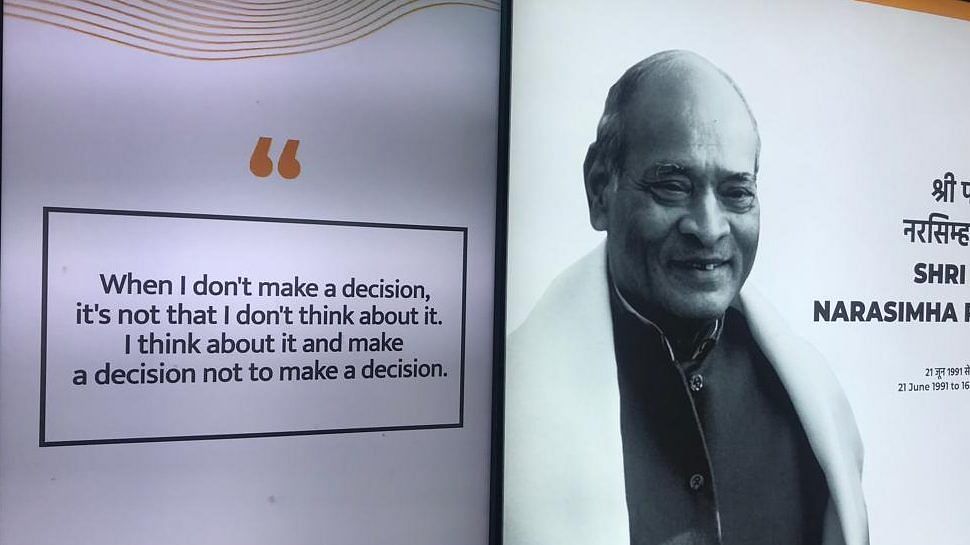
There is no mention of Babri Masjid’s demolition in Rao’s section upstairs either. But Rajiv Gandhi’s “big tree falls” comment during a year after the 1984 riots finds mention. Bhopal gas tragedy gets a kiosk but no reference to how his government let the culprit go — just a bland rendition of events. For Manmohan Singh, the emphasis on India-US nuclear deal is as much as on 26/11 Mumbai terror attack.
During the inauguration speech, Modi said the museum celebrates prime ministers who came from humble families in small towns, an obvious dig at the Gandhi family political dynasty.
Also read: 2020 was a do-over or die moment for museums. But there’s a new divide now
An exercise in tech-extravaganza
Does the Pradhanmantri Sangrahalaya effectively forge a ‘national identity’ through the lives and work of its leaders?
1. As a museum, it lacks complexity. It’s a simple arrangement of well-known facts, incidents and biographical details of India’s prime ministers. The information that is put out is more basic than what you will get with a Wikipedia click. You don’t come away learning anything that’s less-known or any personal insights about the prime ministers. It clearly lacks deep curatorial research. For instance, there has been no effort to look for rare archival interviews that can share the motivations behind important decisions like the Mandal Commission implementation, bank nationalisation, pledging nation’s gold worth 47 tons with the Bank of England, sending the IPKF or Pokhran nuclear tests. What you have, instead, are public speeches by the PMs announcing these decisions, or an emotion-less audio of the sequence of events.
But there are a lot of bright screens to touch and drag to make up for the lack of depth. The idea is to bedazzle, enthral, inspire awe and entertain with its impressive exhibitory. But even here, technology cannot become an excuse to mount huge volume of texts like in the Indira Gandhi’s terrorism section. It just becomes a book on the wall.
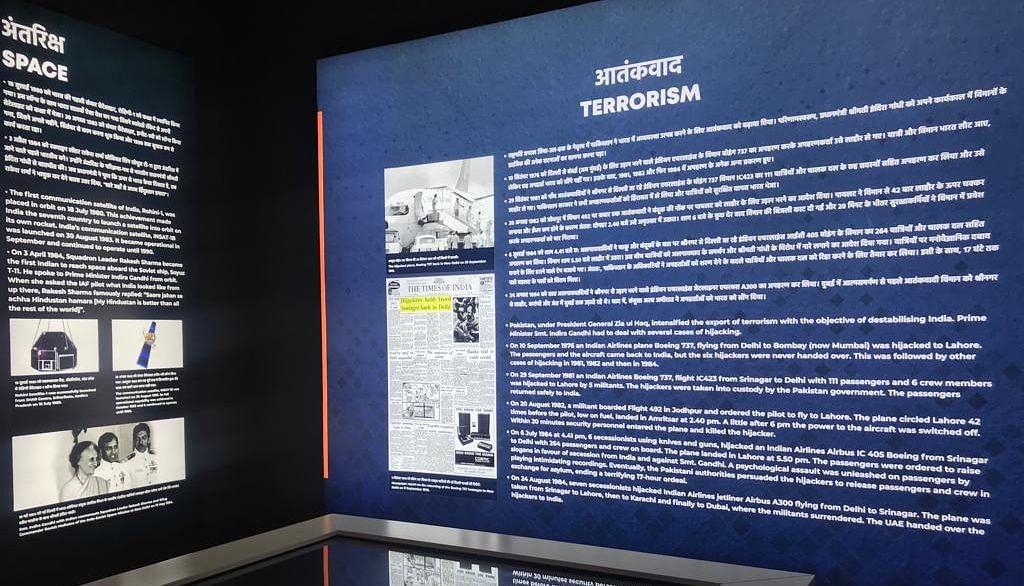
2. There are very few jaw-dropping objects. The artefact collection drive doesn’t seem to have yielded much. Lal Bahadur Shastri’s badminton racket, Jaiprakash Narayan’s prison diary from the Emergency period, Morarji Desai’s Tulsi mala and Rajiv Gandhi’s handwritten “Dear Tikki Uncle” letter were among the few arresting artefacts. Even Atal Bihari Vajpayee’s personal objects — watch, pen, spectacles, soil and rock from Tiger Hill — were bland and rendered powerless by the absence of stories around these objects.
3. What is the overarching message of the Pradhanmantri Sangrahalaya? A museum should offer a grand narrative, it should tell us who we are. And the ultimate purpose of a museum, as Frederic Kenyon, the director of the British Museum famously wrote in 1927, is to help the nation “save its soul”.
The Prime Ministers’ Museum is a collection of careers of India’s leaders. It doesn’t have a single, unifying, overarching signature. It is made up of fragments. Even though Modi wove the fragments together in his speech — democracy, aspiration, continuity — the curator forgot to add it all up into a whole and include it in the museum’s takeaway message.
The most interesting absence is that of Modi himself in the exhibits. When the museum was announced, many expressed fears that Modi would dwarf all other prime ministers and just project himself. But the exhibits stop at Manmohan Singh now. For Modi, picture abhi baqi hai.
Rama Lakshmi, a museologist and oral historian, is the ThePrint’s Opinion and Feature Editor. After working with the Smithsonian Institution and the Missouri History Museum, she set up the ‘Remember Bhopal Museum’ commemorating the Bhopal gas tragedy. She did her graduate program in museum studies and African American civil rights movement from University of Missouri, St Louis. Views are personal.


